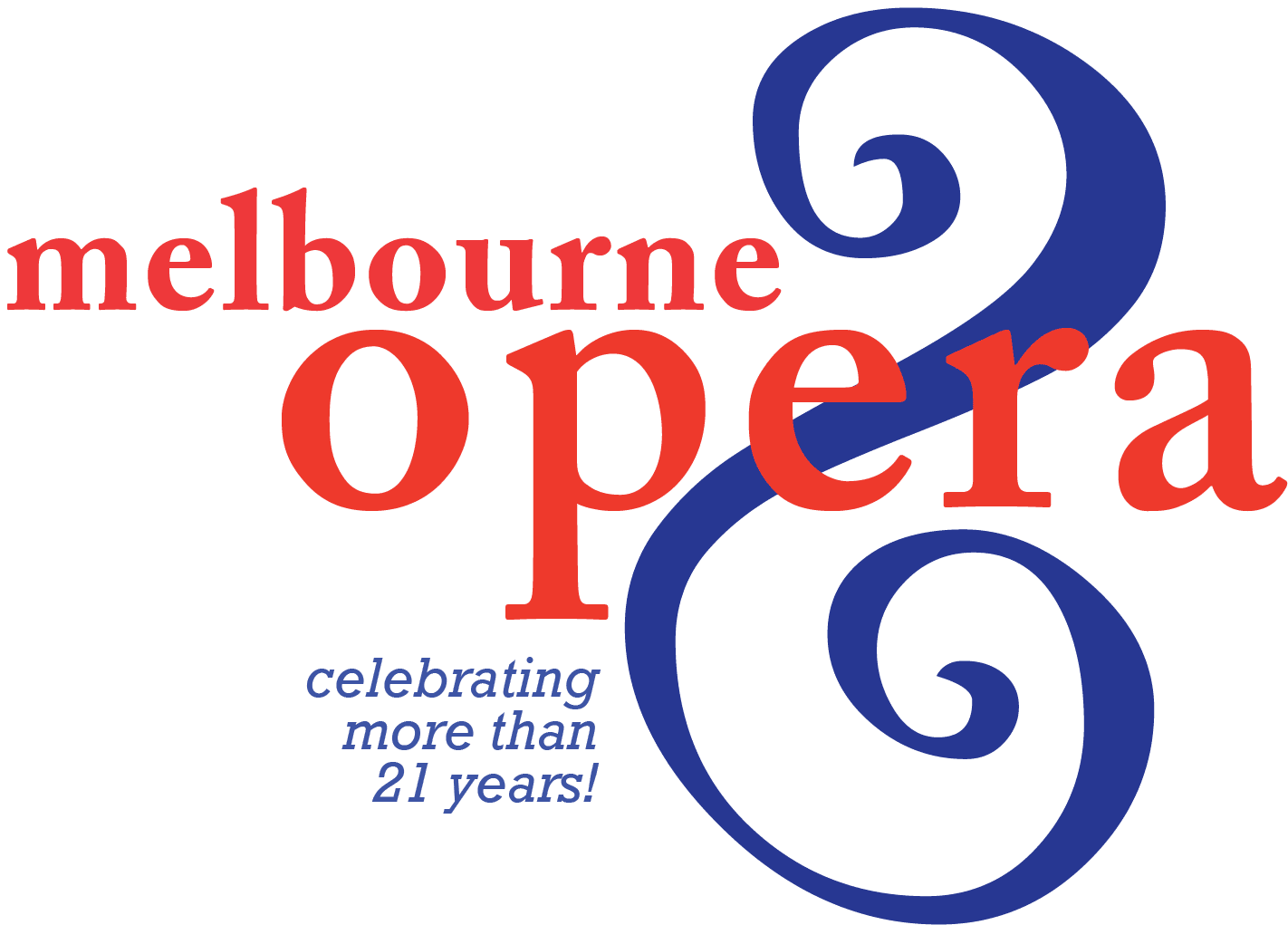Anna Bolena, is remarkably close to a true historical telling of the demise of the second wife of King Henry VIII. The opera begins as Boleyn’s “star begins to fade” in 1536, following her second miscarriage, a boy. She had already given birth to Princess Elizabeth who was to become one of England’s greatest rulers. The historical timeline of this opera is the final three months of Anne’s life following her three-year reign. Anne’s journey is from one of the most influential Queens in English history, to the first English Queen tried, accused and executed. Anne had been unable to provide King Henry with a male heir. He had grown to resent her, the power of the Boleyn’s, her influence on his decision-making, and the gossip and innuendo about her relationship with the Lord Percy and other men of the court. His attentions had turned to one of Anne’s Ladies-In-Waiting, Jane Seymour, who would become Queen and give birth to Henry’s one male heir, Edward VI. She died from complications shortly after the birth. Of his six wives, Jane Seymour was the wife he chose to be buried beside him in St. George’s chapel, Windsor Castle.
Anne’s ascendancy to Queen caused some of the greatest political and religious upheaval in English history, including the split from the Roman Catholic Church, the imprisonment of Henry’s close advisor Cardinal Wolsey and the deposition of Henry’s first wife, Catherine of Aragon. By all accounts Anne was an intelligent, witty, powerful and politically determined woman, who died accused of crimes ranging from witchcraft to adultery and incest.
This is the second in Melbourne Opera’s exploration of the Tudor trilogy by Donizetti. Beginning in 2015 with Maria Stuarda the trilogy will be completed in 2017 with Roberto Devereux. Rather than setting these works naturalistically we are presenting them within variations of an abstracted design that draws on imagery from the Tudor period in a deliberately stark staging. Our wish is to concentrate on the drama of the character interactions. The flower pattern on the set is based on the ceiling of The Great Watching Chamber at Hampton Court, where the Yeoman of the guard of Henry VIII would watch happenings in the Great Hall, guarding access to the Kings privy chambers. The Tudor rose appears on the ceiling at Hampton Court throughout many rooms, and the flower is constantly repeated in different forms throughout the architecture. Taking the sense of the Great Watching Chamber further, and because of the scrutiny the royal couple were constantly under, the chorus (as the Court), are constantly watching and commenting on the action, like judges, jury and audience to this most public demise.
Suzanne Chaundy
Director

